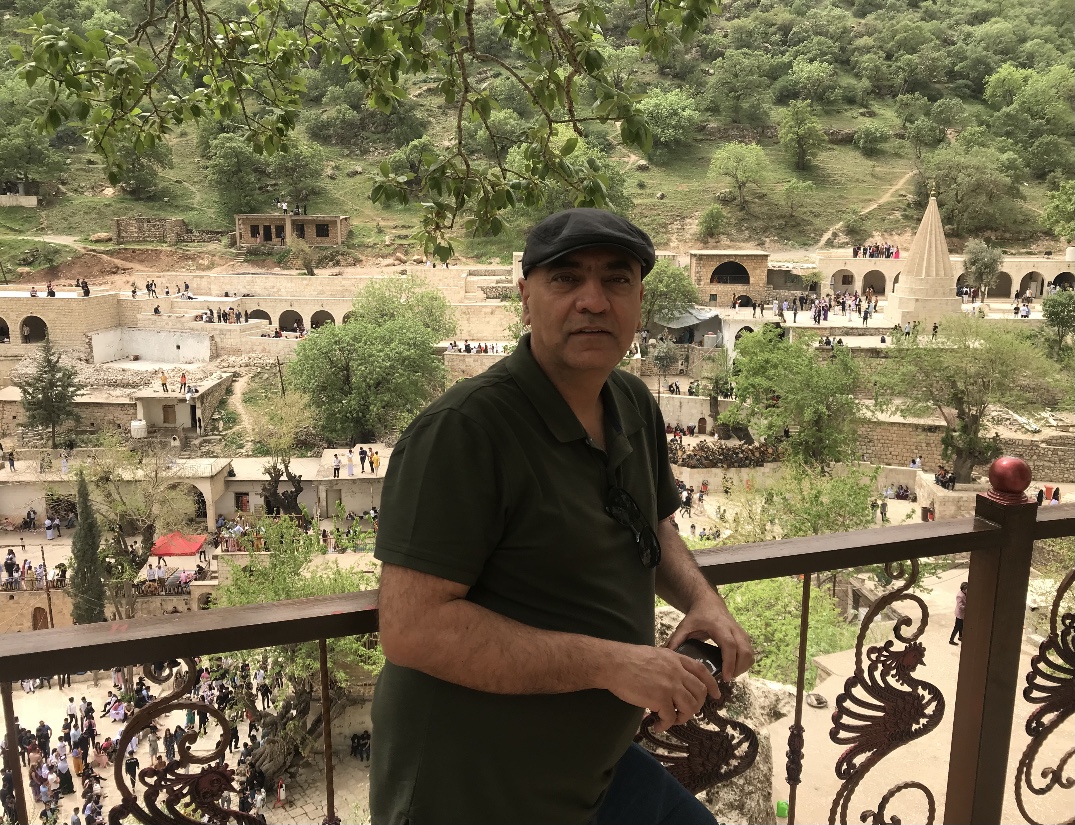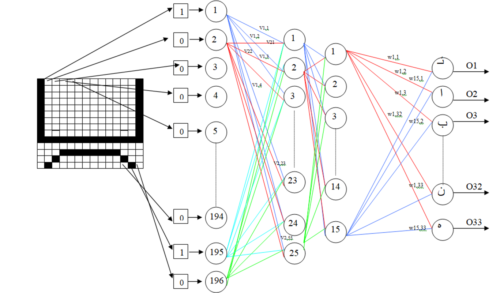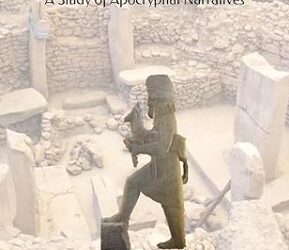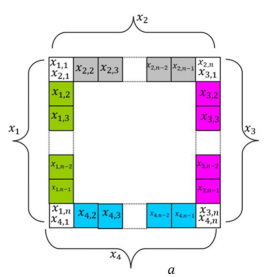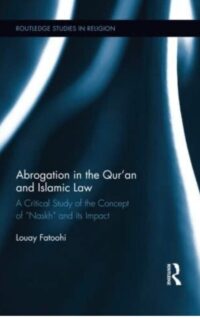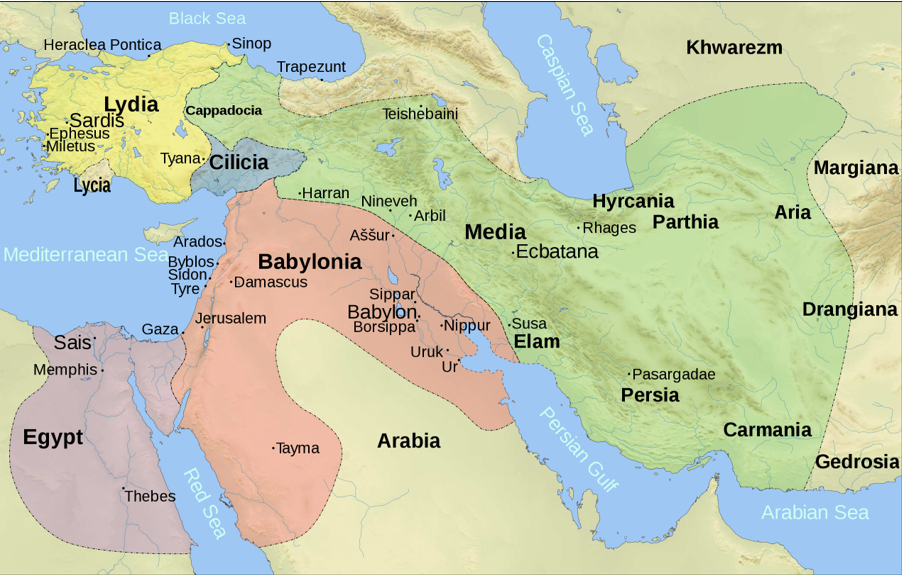This is a book review of the book ‘The Abrogation in the Qur’ān and Islamic Law’ which is authored by Louay Fatoohi. The book was published by Routledge, in 2013.
Overview
Louay Fatoohi is an expert in Islamic Studies, who has published several books based on Islam. This book is considered to be one of the most important books, as it has highlighted many important issues about the Abrogation in the Qur’ān and the Sunna by evaluating them in light of the view of the scholars. While approaching the subject of abrogation, its existence cannot be denied in the Qur’ān due to the complexities in the interpretation of the Qur’ānic verses, all of the events that occurred in the Islamic history and the authenticity of the Ḥadīths. However, Fatoohi has put in all his efforts to refute the abrogation in Qur’ān.
In the chapter 1 (pp.12-31), the author has well introduced the subject of abrogation in the Qur’ān and the Sunna, by offering the history of the concept’s origin in Qur’ān. At first, he has given the meaning of Naskh in the Arabic language. According to the Arabic dictionary, Fatoohi offers three different interpretations in order to give a clear idea of the meaning of Naskh. Next, he has introduced the gist of Naskh theory in the Qur’ān and the Sunna, by presenting the Qur’ānic verses and Ḥadīths. Interestingly, he presents all his evidence based on the history of abrogation by scholars in a chronological manner.
In addition, Fatoohi has given the views of different scholars about the concept of abrogation and its three modes. While addressing the subject, Fatoohi revisited the academic sources to authenticate the matter. For example, when Shāfiʿī said the Sunna cannot abrogate the Qur’ān, Fatoohi revisited Shāfiʿī’s book and he found that Shāfiʿī had addressed the concept of abrogation Qur’ān from the lens of the Sunna.
Aside from Shāfiʿī, another great scholar that Fatoohi has addressed in his book is Abū ʿUbayd al-Qāsim. He has compared their views about abrogation by conducting an in-depth analysis. Fatoohi then shifted to another significant aspect that focuses on those scholars who denied the existence of abrogation. Fatoohi stated in his book that a minority of scholars had denied the abrogation in Qur’ān. He also highlighted the scholars of Shīʿī and referred to Imām Abū al-Qāsim al-Khūī (al-Khoei) who had denied the abrogation in Qur’ān.
In Chapter 2 (pp.32-36), Fatoohi has referred to the existence of abrogation in Abrahamic religion -Judaism, and Christianity- based on the Qur’ānic verses. However, he has concluded that there is no evidence of having the abrogation as Islamic scholars have proclaimed.
In Chapter 3 (pp.37-54): Fatoohi has claimed that scholars produced the abrogation, and he said, “The Qur’ān does not contain a single verse explicitly stating that any verse was abrogated by another! Similarly, there is no statement attributed to the Prophet, confirms that a verse was abrogated by Qur’ānic or no-Qur’ānic revelation.” He has also asserted that exegetes of Qur’ān claimed abrogation. However, I believe, the fact is that there is evidence that contradicts with Fatoohi’s statement.
The book shows that Fatoohi was quite successful in refuting the abrogation of some of the verses, which are found in the Tafsir, such as the story of Gharānīq. He has also illustrated the evidence of scholars in order to ascertain that story of Gharānīq is simply a myth. In addition, Fatoohi has referred to four scholars who denied the abrogation and supported his argument by providing their evidence.
In chapter 4 (pp.55-73), Fatoohi has investigated two verses which are linked to the abrogation in Qur’ān. Although he has referred to the views of many scholars it is evident that Fatoohi negated their views regarding abrogation in Qur’ān. However, he could not offer robust evidence to his hypotheses. Fatoohi’s evidence relied on the meaning of the word ‘Nāsikh’ that has diverse meanings in Qur’ān. Moreover, he asserted that the word of ‘Āya’, which means verse, has varying meaning too, such as the ‘divine song’, ‘verse’, ‘miracle’ etc. At the end of the chapter, Fatoohi has alleged that the word Aya in verse 2.106 means the divine song rather than the verse. He claims that the existence of abrogation can be found in Ḥadīth.
In chapter 5 (pp.73-91), Fatoohi highlights an interesting issue that many scholars hold different views regarding the number of verses that have been abrogated. He presents the views of all scholars in a proper manner. In addition, Fatoohi has presented a table, which contains the number of verses that were abrogated, and the chapters, which contain the abrogation. Therefore, it shows that throughout the history there were always disagreements between the scholars.
In chapter 6 (pp.92-113), Fatoohi claimed that he would have proved the rejection of the two modes of abrogation in Qur’ān since his analysis is compatible with Burton’s conclusion. Furthermore, he has highlighted several verses in Qur’ān to prove that they have not been abrogated. Fatoohi’s attempts are quite interesting and need further investigation of those verses, which are related to ‘The Night Prayer, Fighting Fewer Enemies and Fasting Penance. He could not prove whether the forbidden intoxicants verse 5.91 is an abrogation of the verse 4.43, which indicates that the Muslims avoid intoxicants while they are offering prayers. He has tried to distinguish the words Sukārā in verse 4.43 and intoxicants in verse 5.91, in order to prove that intoxicants do not abrogate the word Sukārā. However, the word in the Arabic language does imply that it means intoxicant. Therefore, the concepts of verses are related to each other and the scholar’s point out that the verse 5.91 abrogates verse 4.43.
In chapter 7 (pp.114-121), Fatoohi devoted a whole chapter to prove that the ‘verse of the Sword’ does not abrogate the peaceful verses. He alleged that this verse has been written specifically for a certain time and group. However, the scholars believe this verse is a generalization and not specified for a certain time period. I believe if we consider this verse was only for a specific time then in light of this view, it can be claimed that the all verses for the time of Prophet are not valid today. Secondly, if the verse of sword is not valid nowadays, it means technically, there is abrogation in Qur’ān and the verse of Sword was abrogated over the years. In spite of this, the scholars provide evidence of abrogation of the ‘Verse of the Sword’. Yet, Fatoohi still believes that this verse is not related to the abrogation in the Qur’ān.
In chapter 8 (pp.122-128), Fatoohi clarified the confusion between the majority of the people that did not recognize the difference between Mushaf and Qur’ān. Based on the view of Burton he gave expanded on the source of confusion and stated, “Qur’ān refers to the revelation that was read to Prophet Muhammad whereas the term Mushaf denotes the written form of that revelation.”
In chapter 9 (pp.129-137), Fatoohi believes that he could correct the concept of the clause of the verse 2.106 ‘cause to be forgotten’ which the scholars have misunderstood. His view corresponds to the view of the Sūfī Shaykh Junayd al-Baghdādī who believed that the meaning of ‘forgotten’ in this clause means that the Prophet forgot to apply the Qur’ān and not the verse of Qur’ān.
Aside from this, Fatoohi has referred to the some Ḥadīth, whose references seem to be incorrect. For example, he numbered the Ḥadīth of Al-Bukhāri, 4849 but in fact, the number is 4751. I have found two other Ḥadīth with No. 4750 & No.4750, which are similar to his Ḥadīth, and the references are not compatible with the number that Fatoohi has mentioned. Also, I could not find the numbers of two Ḥadīth of Musnad Aḥmad which are numbered ‘15365’ and ‘21140’.
In Chapter 10 (pp.138-155), Fatoohi illustrated a few verses that the scholars have claimed to be abrogated. He investigated those verses and asserted that they are not associated with any command or prohibition. In addition to this, he believed the Ḥadīth that implies that those verses are fabricated. In addition, he has claimed that those verses were lost and have nothing to do with abrogation.
In chapter 11 (pp.156-199), Fatoohi dedicated a long chapter to resolve the matter of the stoning of the adulterers in Islam by examining all Ḥadīth, which relate to ‘The Verse of Stoning’. Fatoohi challenged the scholars who believe in stoning the adulterers by providing analysis of two aspects. The first aspect focuses on the terminology, which is used in the verse of stoning. While the second aspect focuses on finding different versions of the wording of this verse in different Ḥadīth with different terminologies. For example, the word Shīkh and Shekha have different meaning according to the scholars. In addition, the term Shīkh and Shekha in Qur’ān mean old man and old woman. While in the verse of stoning some scholars stated that these words meant a married Muslim woman and married Muslim man, and others scholars interpreted the words to mean non-virgin.
Chapter 12 (pp.200-206), this chapter is devoted to the abrogation of the verse ‘Ten-Suckling’ by ‘Five-Suckling’ verse. Fatoohi examined all Ḥadīth regarding the mentioned verses, and he concluded that the verses are no more than a fabrication, illogical, and the work of imagination. However, the fact is, if it is illogical to the modern day then it does not imply that the event did not happen historically.
In chapter 13-14 (pp.207-237): Fatoohi has continued with the subject of abrogation of the Sunna and the Qur’ān as he has mentioned in previous chapters. He goes through all the details from previous chapters and highlights them in chapter 13 while in chapter 14 he has shed light on the Islamic law in general.
Chapter 15 (pp.238-246), offers a conclusion of Fatoohi’s view regarding the abrogation in Qur’ān. He stated that the misunderstanding related to the meaning of Nāsikh by scholars, led to the creation of the abrogation law that defended Qur’ān against the critics, as they believe there are is a contradiction in the verses of the Qur’ān. In addition, Fatoohi calculated all missing verses, which are 729 verses. The number of forgotten verses amounts to 10.5% of the Qur’ān. He also believes that in the earlier 2nd century the number of Ḥadīth were introduced regarding the abrogation that led to the creation of verses, such as the verse Adultery that focused on stoning the adulterers.
He believes that scholars link only the word Nāsikh in verse 2.106 and the replacement word in verse 16.101 to the abrogation to Qur’ān while both terms do not indicate any abrogation. In the end, Fatoohi concluded his views that abrogation has no link to Qur’ān and it is baseless and developed by scholars in order to decrease the perceived contradiction between Qur’ānic verses.
Conclusion
Fatoohi’s book is academically credible, as the author has carried out an in-depth analysis based on the topic of abrogation. Even though the topic at hand is complex in nature, yet the author has done an excellent job at reforming some aspects, which were highlighted by many critics. In addition, he tried to correct many mistakes in the interpretation of verses by different scholars. The author well presented the sources; however, there were some mistakes such as the wrong references to Ḥadīth. While analyzing his work, it is evident that Fatoohi is an Islamic scholar and therefore, the author does not intend on being blasphemous as it can be seen from his work that he has validated his argument by taking references from the Qur’ān. Despite some disagreements with his views and his analysis, the book is enriched with information for those readers who want to know about the abrogation in Qur’ān and Sunna.
Note: The review was submitted, 26 April 2018, to University of Aberdeen, Department of Divinity, History and Philosophy as part of the requirement of the MLitt in Islamic Studies.
By
Mako Sawin
Download with PDF format
